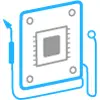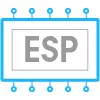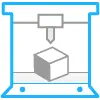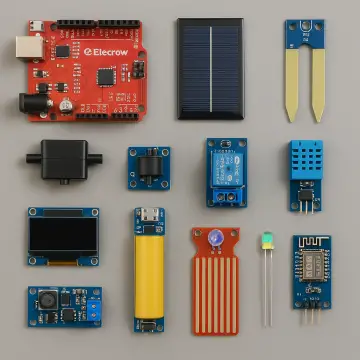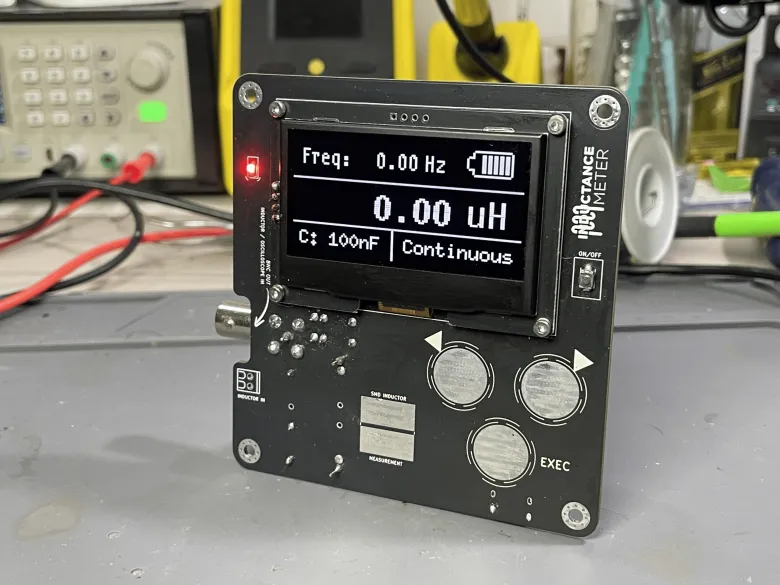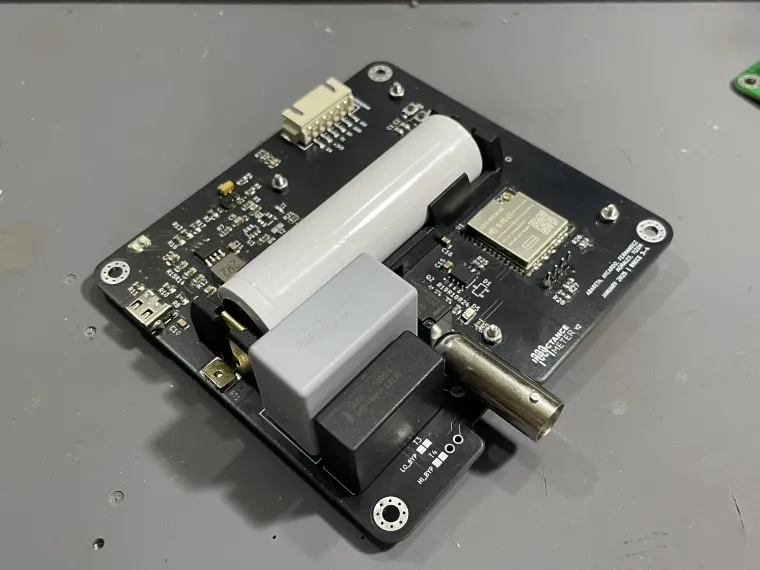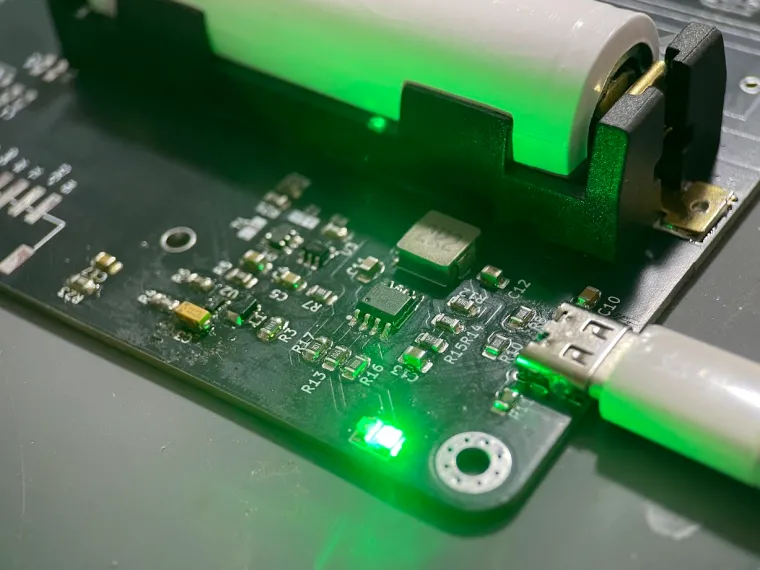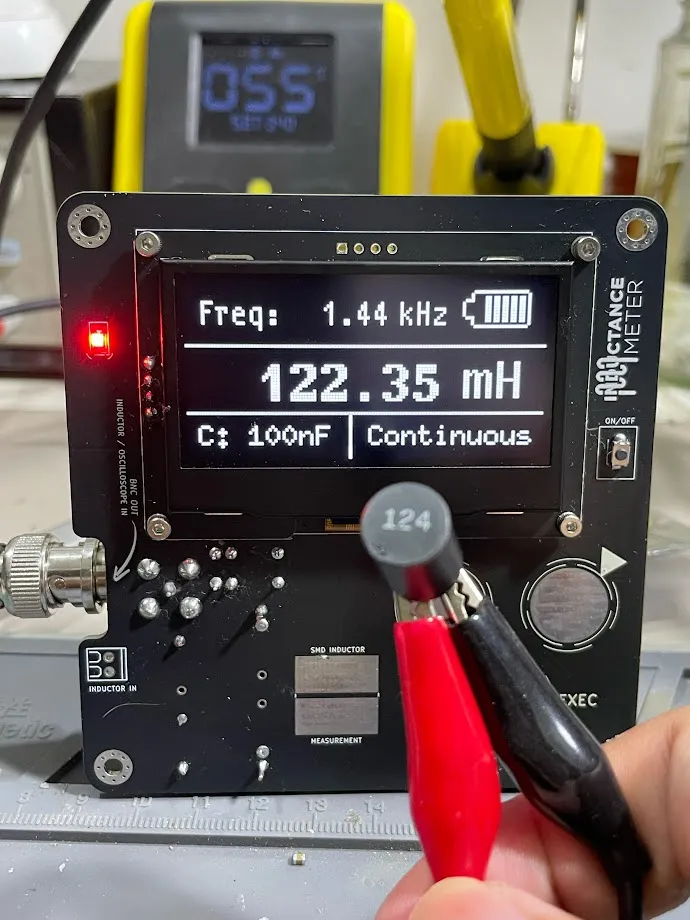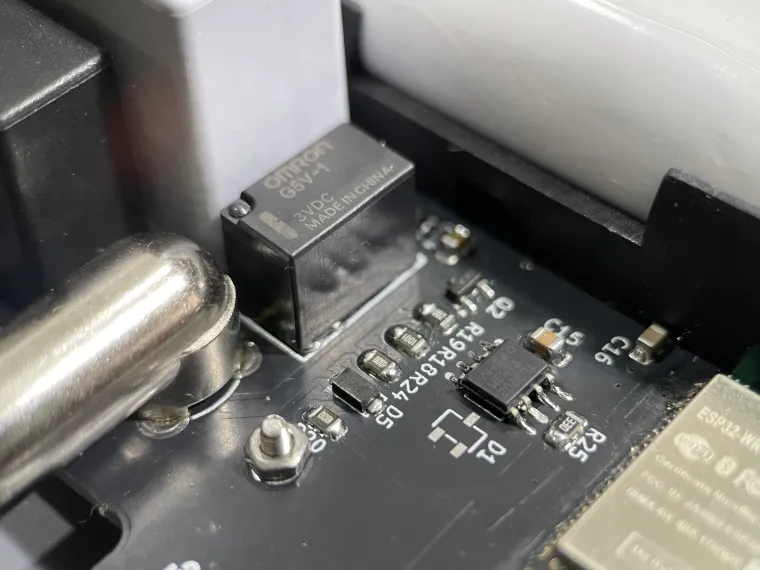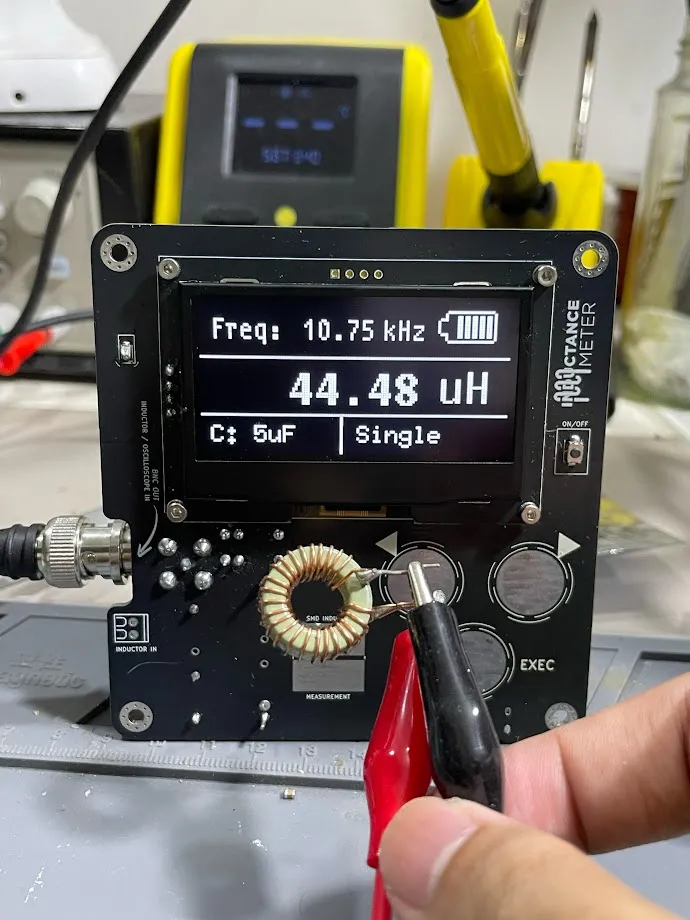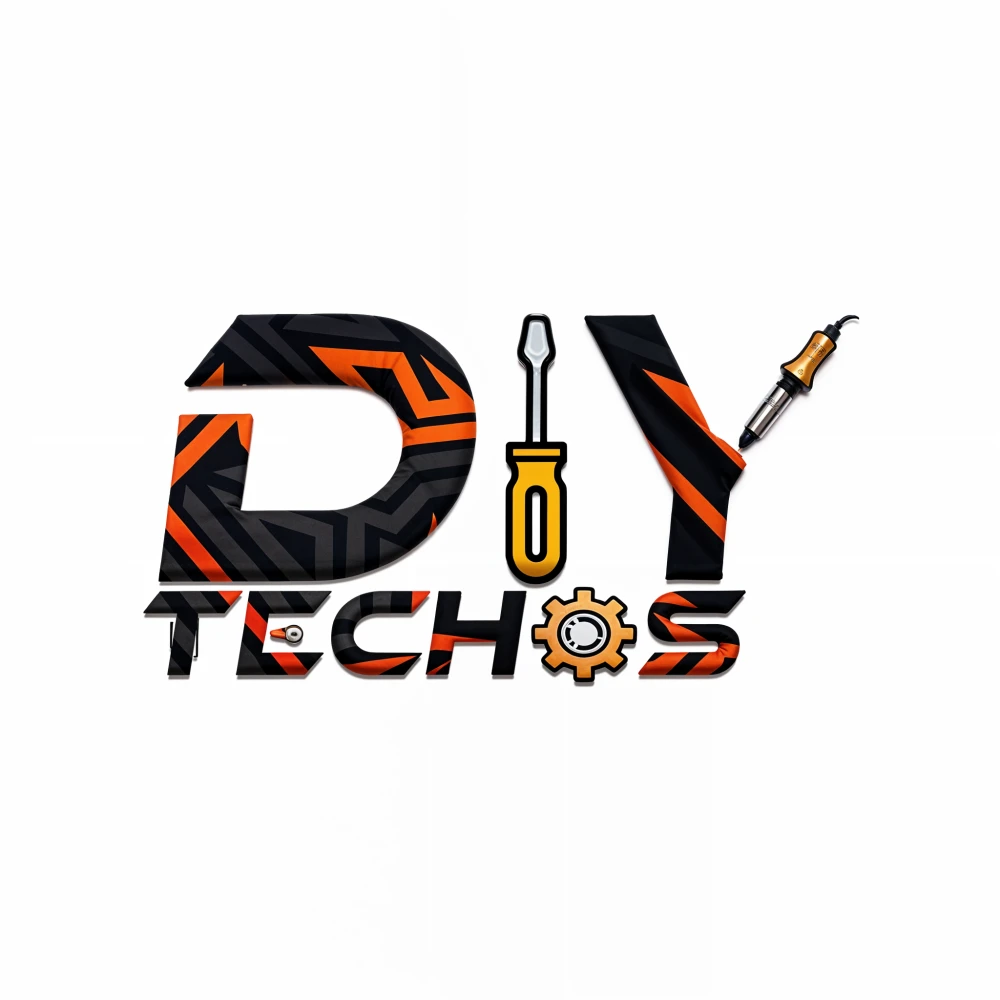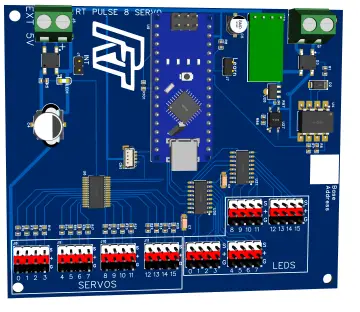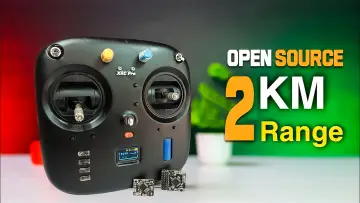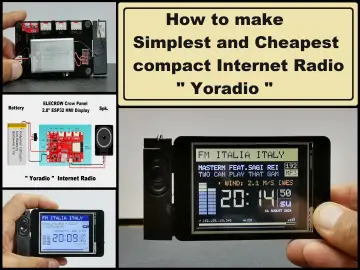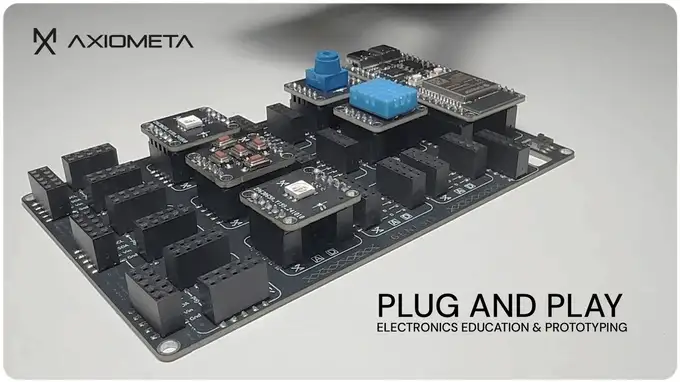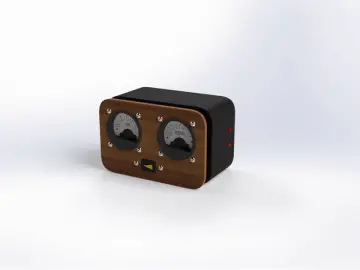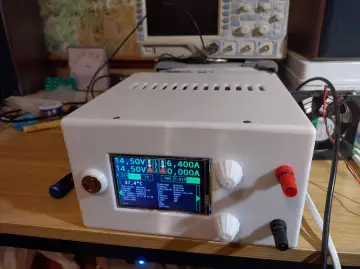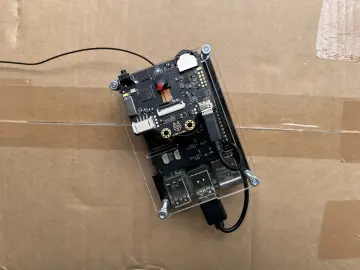Story
Portable Inductance Meter: Affordable Precision
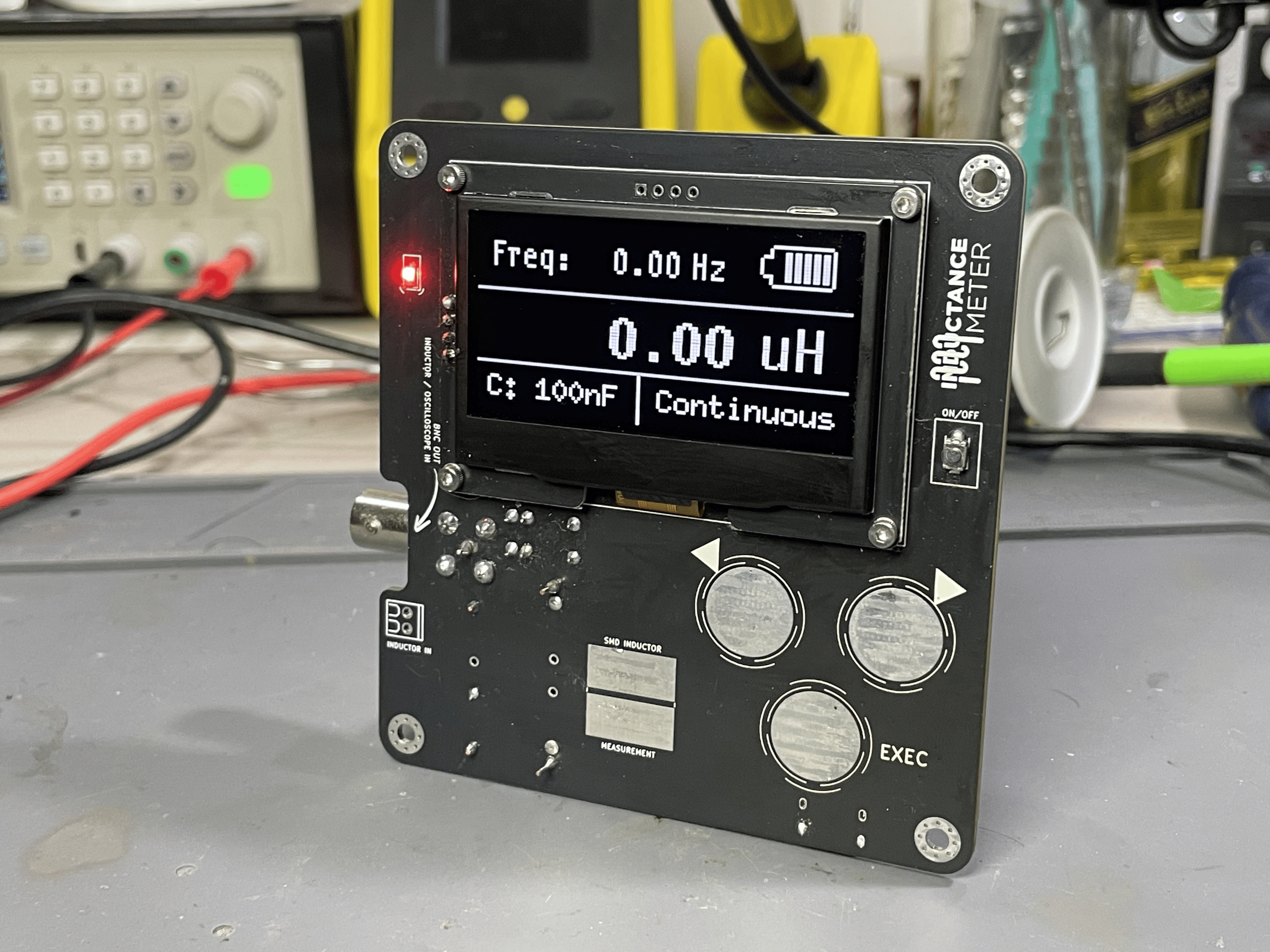
???? Bridging the Gap in Electronics Testing
Accurate inductance measurement is crucial in electronics, yet professional inductance meters are often expensive and inaccessible to students and hobbyists. In response, our team at the Polytechnic University of the Philippines developed the ESP32 Portable Inductance Meter—a low-cost, high-precision alternative designed for educational and experimental applications.
???? What It Does
Using LC resonance principles, the device excites inductors, detects oscillations, and calculates inductance with high accuracy. It is capable of measuring:
✔ Toroidal inductors
✔ Power inductors
✔ Surface-mount (SMD) inductors
✔ Air-core inductors
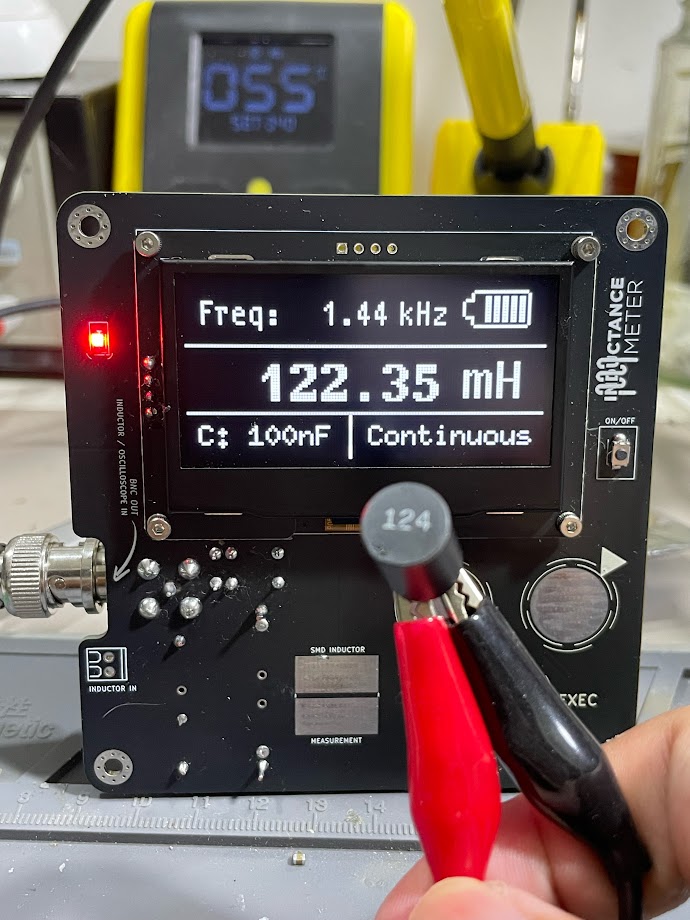
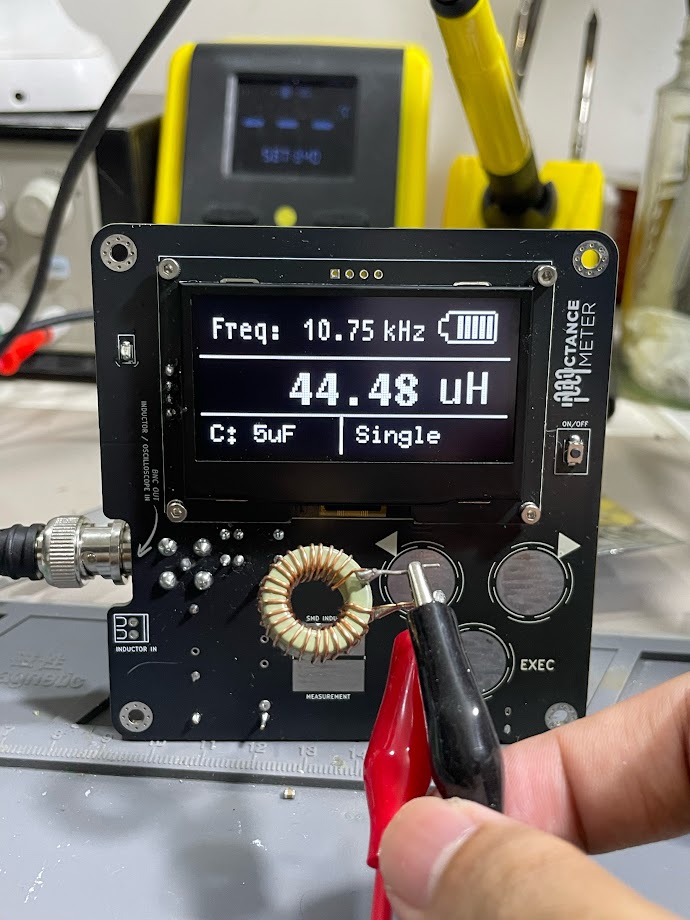
To enhance measurement resolution, it features dual reference capacitors (100nF & 5µF) that allow precise readings across mH and µH ranges.
???? Key Features & Innovations
✅ ESP32-powered processing for real-time calculations
✅ Dual reference capacitors to optimize accuracy across different inductor values
✅ Capacitive touch controls for seamless operation
✅ Rechargeable 18650 battery for true portability
✅ OLED display for clear, instant readings
✅ Multiple measurement modes: single or continuous for flexible testing
???? Why It Matters
This project aims to democratize access to essential testing equipment, ensuring that students, researchers, and hobbyists have an affordable yet precise tool for their work. By making electronics measurement tools more accessible, we are empowering the next generation of engineers to innovate, experiment, and build with confidence.
???? The Reference Capacitors (100nF & 5µF)
The dual reference capacitors play a crucial role in achieving high-precision inductance measurements across different inductance ranges. The device switches between 100nF and 5µF capacitors to optimize measurement resolution:

- 100nF capacitor: Used for measuring higher inductance values (mH range) with better accuracy.
- 5µF capacitor: Ideal for lower inductance values (µH range) where a higher reference capacitance provides better frequency stability.
This switching mechanism ensures the device can handle a wide range of inductor sizes, from small SMD inductors to large power inductors.
???? TLV3202: High-Speed Comparator for Precision
The TLV3202 is an ultra-high-speed, low-power comparator that plays a key role in detecting the oscillations of the LC resonance circuit.

It detects the zero-crossings of the oscillating waveform, which the ESP32 uses to calculate the resonant frequency. The TLV3202 was selected for its:
- Fast response time, ensuring accurate frequency detection.
- Low power consumption, making it ideal for battery-powered applications.
- High precision, reducing errors in inductance calculation.
⚡ Rechargeable Power Circuit (IP2312 Battery Management IC)
The IP2312 is a high-efficiency lithium-ion battery management IC, responsible for charging and protecting the 18650 battery. Key features include:
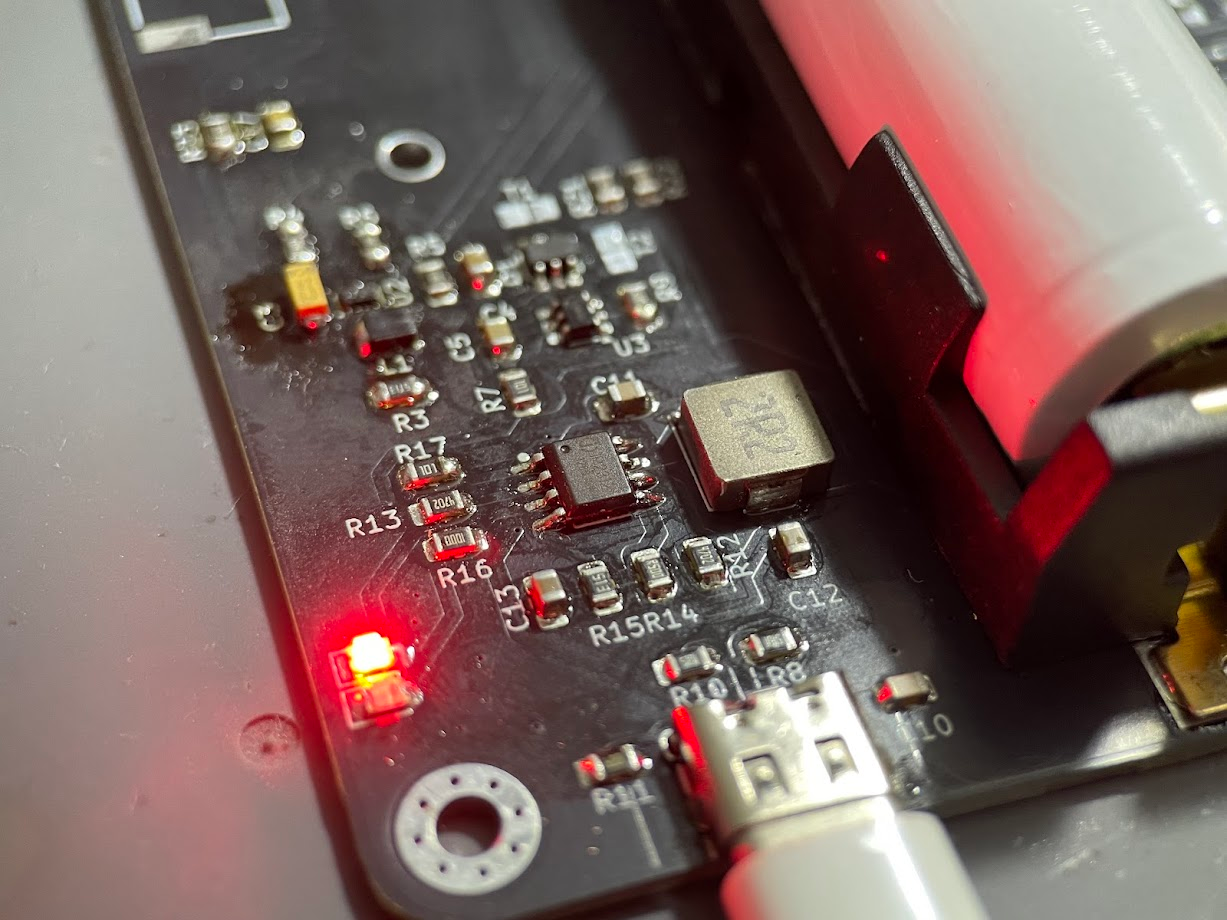
- USB Type-C charging (5V, up to 3A) for fast and convenient recharging.
- Built-in protection against overvoltage, undervoltage, and overcurrent, ensuring battery safety.
- Buck-boost regulation to maintain a stable 3.3V output, regardless of the battery charge level.
This system extends battery life while ensuring reliable operation in field use.
???? 2.4-inch OLED Display (Stacked via I²C & Screws)
The 2.4-inch OLED module serves as the user interface, providing clear real-time readings of inductance, frequency, and battery level. It is:
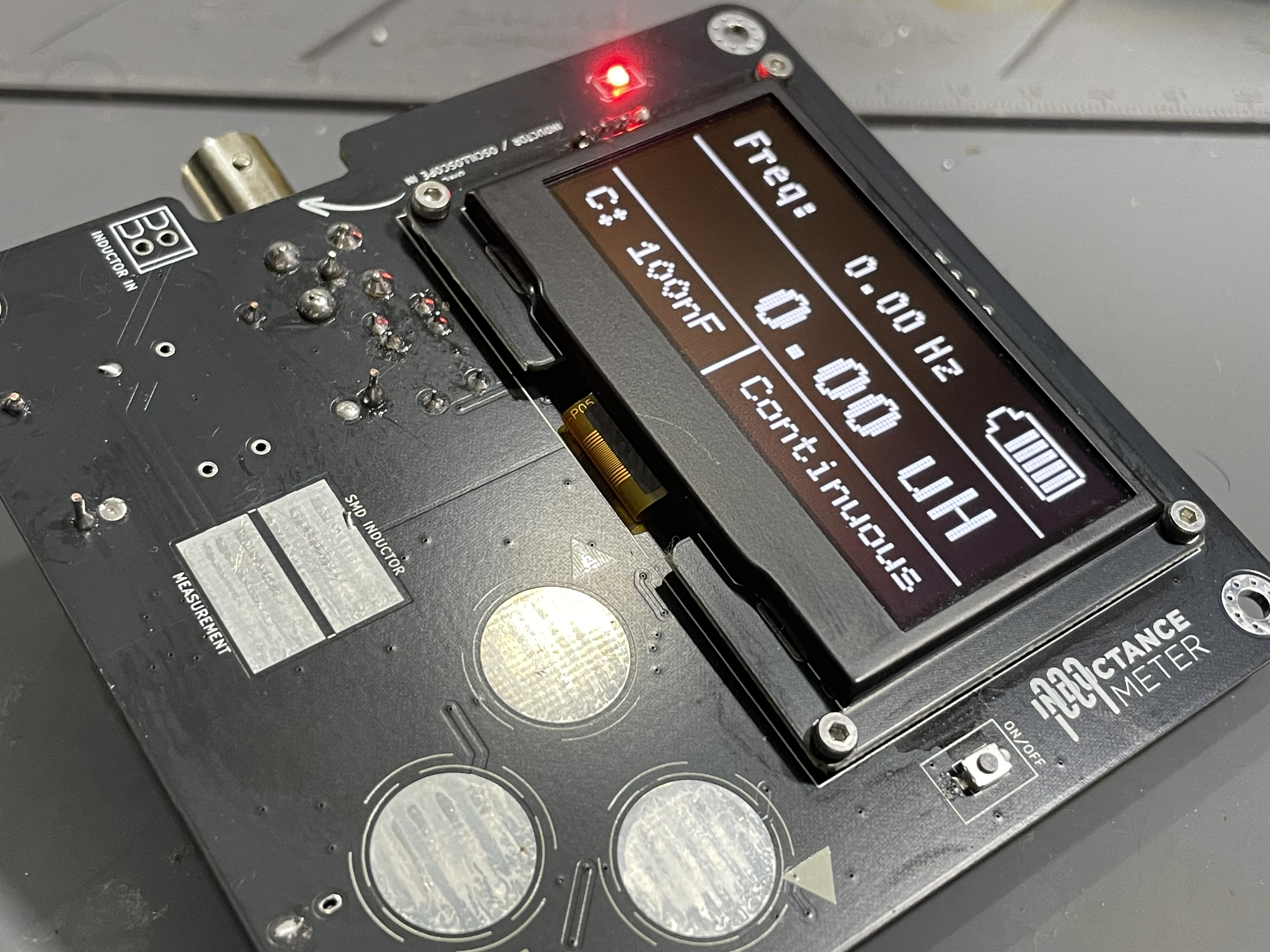
- Connected via I²C, reducing wiring complexity and allowing easy expansion.
- Stacked on top of the main PCB using screws, creating a compact, modular design.
- Energy-efficient, consuming minimal power while offering high-contrast visuals for readability.




